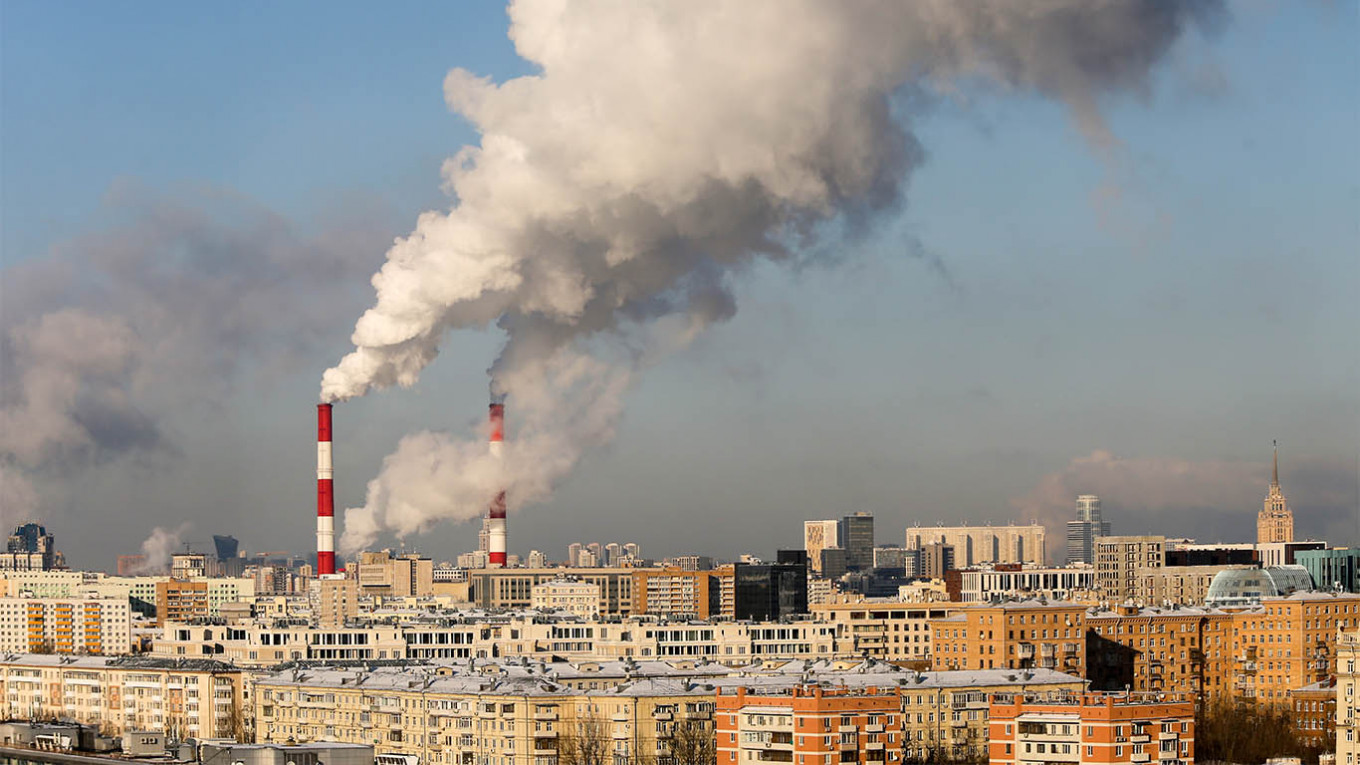
Russia’s per-capita pollution emissions hit 155 kilograms in 2019 due to transportation and industrial activity, according to an analysis cited by the RBC news website Wednesday.
In total, the two sources of emissions released 22.7 million tons of pollutants into the atmosphere last year, RBC cited the Finexpertiza consulting firm as saying.
Transportation including personal vehicles accounts for one-quarter of Russia’s total emissions while industry accounts for three-quarters of emissions, according to the analysis.
Broken down by regions, Russia’s most polluted federal subjects are those whose economies are dominated by major oil and gas and mining companies.
The Krasnoyarsk region, Russia’s most polluted subject according to Finexpertiza, houses the Nornickel mining giant and the Rusal aluminum producer. The next two most-polluted regions, the Khanty-Mansiisk autonomous district and the Kemerovo region, are major oil and coal production areas.
“The distribution of emissions fairly accurately represents the concentration of the largest producers of non-ferrous metals, petrochemical products and thermal power generation,” said Maxim Khudalov, the head of sustainable development risk assessment at Russia’s ACRA credit agency.
Finexpertiza based its data on companies’ individual emissions reports and transportation emissions reports from the Federal Inspection Service for Natural Resources Use.
